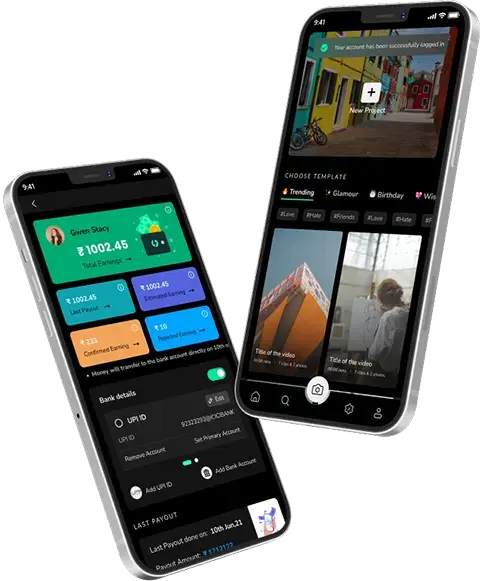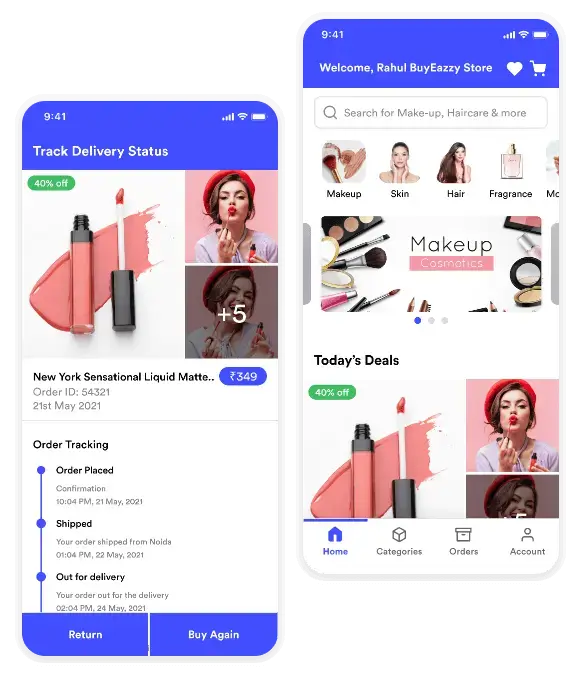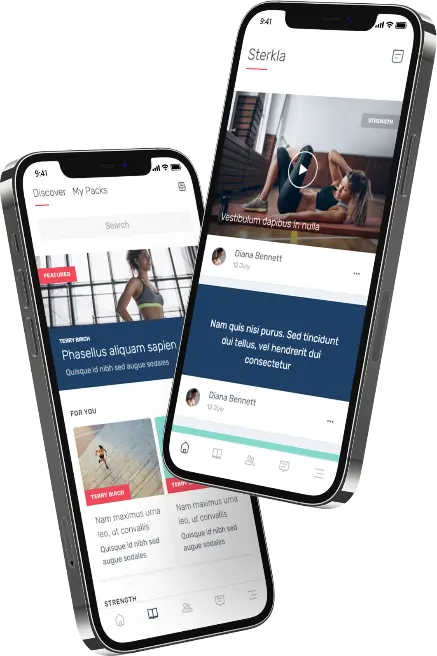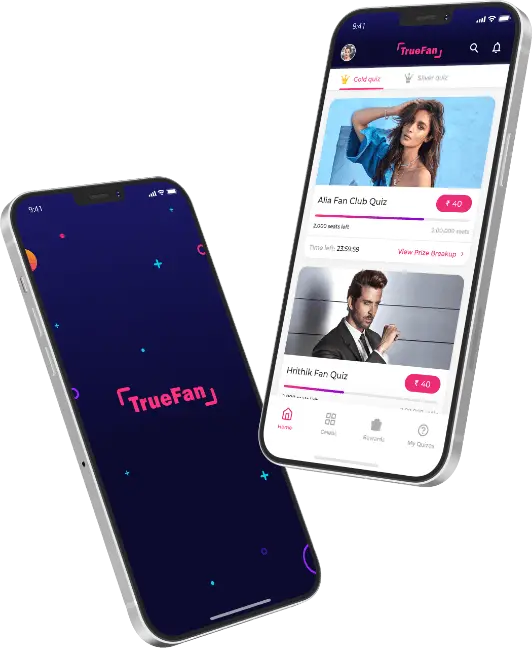3 Sep 2020
Updated on April 5th, 2023
Technologies That Are Driving Fitness App Development In 2023
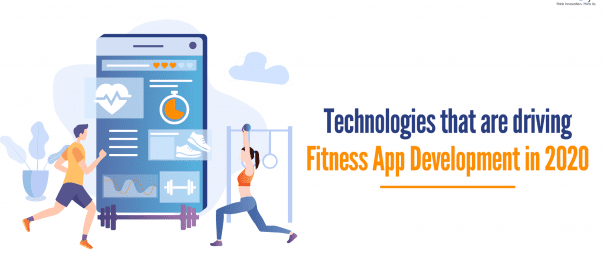
The fitness app and wearable industry are growing at a rapid-fire speed, and to make this work on the right path, app technology is proving its worth. In the year 2007, brands like Fitbit, Jawbone, and Nike entered the healthcare and fitness market, and sooner they were joined by Samsung, LG, Pebble, and other companies.
Although, the recognition Apple Watch has gained, is worth to watch for, where it has skyrocketed the wearable app device popularity to another level.
This post unravels, some of the most mind-blowing hardware technologies that help redefine the fitness app development in 2023.
GPS
It would be wrong to say that GPS is the soul of fitness tracker devices, and helps the wearer to track their fitness regime carefully. If you wonder that how does GPS work, then you would be surprised to know that within the GPS technology, there are more than 30 satellites, which come forward and create an efficient space for the users to map their routes, know their exact position, and measure their speed.
Some of the most popular Smartwatch series like Apple Watch Series 4, Sony SmartWatch 4, Fitbit Ionic, and Mobvoi TicWatch E2 have built-in GPS functionality.
Also Read : The Main Trends That Underpin Wearable App Development in 2023!
Galvanic skin response sensors
Do you wonder how much you sweat and how frequently your body temperature shifts during fitness activities?
Well, this is very much possible with F7 Real-time GPS Watch and Huawei Watch 2 4G. These wearable devices let the users monitor their Galvanic skin response and further measure stress levels.
Barometric altimeters
Well, not many of us know that a barometric altimeter is an efficient alternative to GPS, and is used for measuring elevation and altitude tracking. With the help of this technology, the device collects data on elevation and allows users to garner the most accurate information related to their movements.
Accelerometers, gyroscopes, and compasses
Indeed, this set of technology is utilized by every modern wearables and smartphone. Let us give you a quick tour of these technologies.
Gyroscope- It is a device, utilizing the earth’s gravity which further determines the orientation of an object in space.
Compass- On the other hand, a compass determines the cardinal direction of an object.
Accelerometer- It helps in measuring the acceleration of an object based on motion, end of the motion, and its intensity.
With the help of these technologies, the motion of the users, while walking, running, cycling, and swimming gets measured. Further, with this collected data, fitness devices collect and calculate speed, distance traveled and calories burnt.
These 3 technologies, can be utilized as separate pieces of hardware, or can also be integrated within one device as well. This is what Apple Watch Series 4 has embraced, where you can find an improved gyroscope and accelerometer.
Ambient light sensors
These are the sensors, which detect and measure the amount of light present in the environment. This enables human eyes to reduce eye strain and keep using the phone without hurting their vision. Although this sensor is quite popular in Samsung and iPhone range, wearables are also embracing this technology to make a difference.
Optical heart rate monitors
Calling it a blessing from the technology pool wouldn’t be wrong! With this very hardware technology, it becomes easy to track changes in blood saturation by passing light through the skin in specific places. These places can be on the user’s wrist, finger, biceps, forehead, or ear. This enables to monitor heart rate pulse with LED beams at a wavelength of 525–535 nanometers (exceptions are there). Pulse Ox Acclimation helps users to keep track of how their body is acclimatizing with higher altitudes by tracking the blood oxygen levels.
On the other hand, the Apple Watch Series 4 has an ECG app, that helps in generating an ECG similar to that generated by a single-lead electrocardiogram.
What developers must pay attention to while developing fitness trackers?
Well, it is a million-dollar question, because users are the only deciding board, whether your integrated technology has won their heart or not. Apart from technical features, there are other essentials as well, which must be taken into consideration for a saleable fitness tracker.
- Wireless syncing lets the device to send data to a mobile app in real-time;
- Push notifications keep the users informed and updated about their achieved goals, and is also a way to encourage them further.
- Water-resistance is a much-needed aspect that lets users perform their activities in any weather condition.
- Unisex design allures users to pick your device
Food for thought
Indeed, the beautiful invasion of technologies in the fitness app domain is remarkably incredible. The creative side of development gets exploration when new devices and technologies come into existence helping users to develop a healthy living style.
If you’re ready to make a difference in the health and fitness industry, then do not hesitate to reach us.
We’d love to hear your idea, and share our views to make it a REAL-WORLD product.
Give us a call today and secure a FREE 30 min app consultation.
Get in touch.
Write Us
sales@techugo.comOr fill this form



 SA
SA  KW
KW  IE
IE AU
AU UAE
UAE UK
UK USA
USA  CA
CA DE
DE  QA
QA ZA
ZA  BH
BH NL
NL  MU
MU FR
FR 
